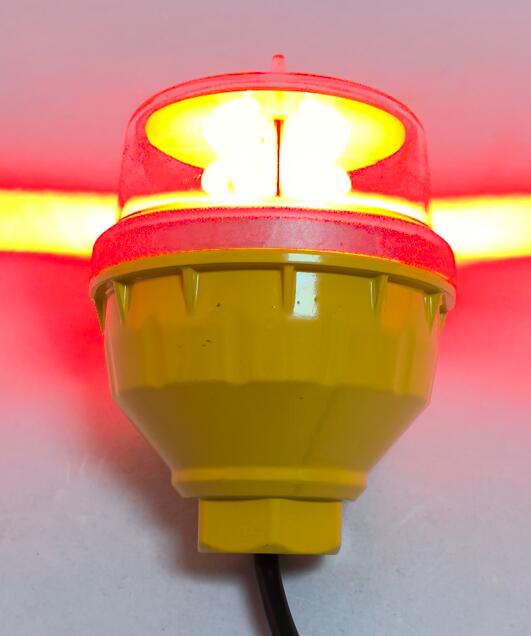FAA L 810: The Gold Standard in Aviation Obstruction Lighting
In the complex world of aviation safety, FAA L 810 obstruction lights stand as critical components for protecting both aircraft and ground structures. These specialized lighting systems serve as visual sentinels, marking potential hazards and ensuring safe navigation through increasingly crowded airspace. This comprehensive guide explores the technical specifications, applications, and evolving technology behind these essential safety devices.
Understanding FAA L 810 Standards
The FAA L 810 specification defines rigorous requirements for:
Light intensity (minimum 2000 candela)
Flash rate (40-60 pulses per minute)
Color chromaticity (specific red wavelength)
Beam distribution patterns

Durability and weather resistance
These standards create consistency across manufacturers while ensuring reliable performance in diverse environmental conditions.
Critical Applications
FAA L 810 lights are mandated for:
Communication towers exceeding 200 feet in height
Wind farms located near flight paths
| faa l 810 |
Skyscrapers in urban airport approaches
Bridge superstructures in navigable airspace
Power transmission lines near airports
Technical Evolution
Modern FAA L 810 solutions feature:
Advanced LED arrays with 100,000+ hour lifespans
IP68-rated waterproof enclosures
Wide operating temperature range (-40°F to +140°F)
Dual-power input capabilities
Smart photocell and GPS synchronization
Installation Protocols
Proper deployment requires:
Top and mid-level placement on structures
Uninterrupted 360-degree visibility
Lightning protection systems
Compliance with local zoning regulations
Easy maintenance access provisions
Maintenance Best Practices
To ensure continuous operation:
Quarterly visual inspections
Biannual electrical testing
Annual photometric verification
Immediate failed unit replacement
Optical surface cleaning schedule
Regulatory Framework
FAA L 810 compliance involves:
FAA AC 70/7460-1L guidelines
ICAO Annex 14 harmonization
Local aviation authority approvals
Environmental impact assessments
Innovation Trends
Current technological advancements:
IoT-enabled remote monitoring
Dynamic intensity adjustment
Solar-hybrid power systems
Wireless network synchronization
Wildlife-friendly spectral tuning
Selection Methodology
Key evaluation criteria:
Certification documentation review
Environmental suitability assessment
Power system compatibility
Maintenance requirement analysis
Manufacturer track record
Future Developments
Emerging innovations include:
ADS-B integration capabilities
Machine learning predictive analytics
Nano-coated optical surfaces
Drone detection synchronization
Advanced thermal management
Implementation Considerations
Successful deployment requires:
Pre-installation site surveys
Structural engineering analysis
Power infrastructure assessment
Maintenance planning
Regulatory documentation
FAA L 810 obstruction lighting represents a vital intersection of regulatory compliance and technological innovation in aviation safety. By understanding the comprehensive requirements and implementing best practices, operators can ensure these critical systems provide reliable, long-term protection for both aircraft and structures. As airspace becomes increasingly complex, proper specification, installation, and maintenance of FAA L 810 lights will remain essential for safe aviation operations worldwide.
Professional Recommendations
Engage aviation lighting specialists early in planning
Maintain detailed compliance documentation
Implement proactive maintenance programs
Stay informed about technology advancements
Prioritize quality and certification in procurement
